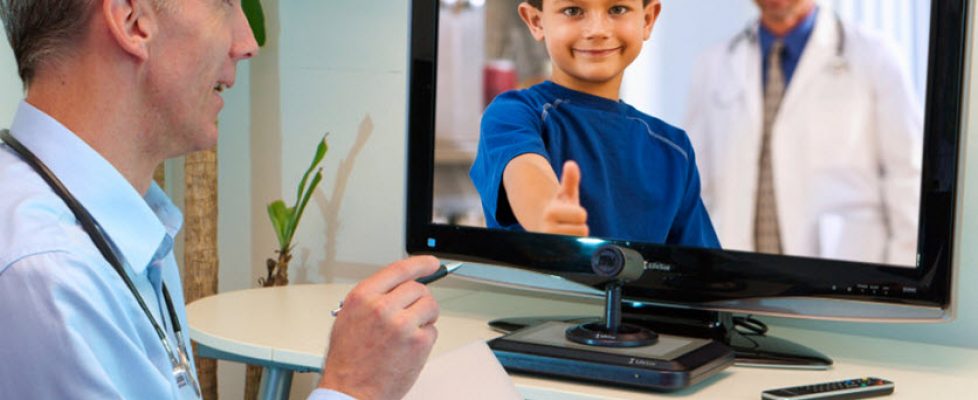Telehealth sweet spot? Remote monitoring of patients with cardiovascular or respiratory disease, AHRQ says
In the coming years according to the U.S. Agency for Healthcare Research and Quality (AHRQ), the medical industry could see telehealth technologies being used to monitor maternal and pediatric care, and dermatology. For now though the supporting data amplifies the benefits of telehealth in reducing hospital readmission’s and improving the quality of care for the more common chronic conditions such as COPD and CHF.
July 05, 2016 by Jeff Lagasse
Telehealth sweet spot? Remote monitoring of patients with cardiovascular or respiratory disease, AHRQ says | Healthcare IT News
The U.S. Agency for Healthcare Research and Quality combed through 58 systematic reviews amid a substantial volume of research on telemedicine to pinpoint when telehealth interventions work best. The data suggests telehealth improves outcomes such as mortality, quality of life and reductions in hospital admissions when used for remote patient monitoring for certain chronic conditions as well as for psychotherapy as part of behavioral health. Top chronic conditions for telehealth success: cardiovascular and respiratory disease, according to AHRQ. AHRQ noted, however, that information on how telehealth affects cost and utilization is currently limited.
Thirteen percent of the reviews considered by AHRQ in its report indicate that telehealth provides a benefit in terms of reduced costs and utilization; 34 percent say there is a potential benefit; 31 percent were inconclusive; and 22 percent found no benefit.Telehealth includes a wide range of technologies; for the purposes of this study, it was defined as the use of information and telecommunications technology in a specific patient’s healthcare delivery from a provider across distance or time.
The study’s authors also said that research into practice-level implementation should be the next step, particularly since the vast majority of research conducted to date has been conducted within old – and possibly soon-to-be-outdated – care delivery models.Topics with an evidence base that could be the focus of future systematic reviews include telehealth for consultation, uses in intensive care units and applications in maternal and child health. And telemedicine for triage in urgent or primary care, management of serious pediatric conditions, patient outcomes for teledermatology, and the integration of behavioral and physical health were earmarked by AHRQ as ripe for analysis.

